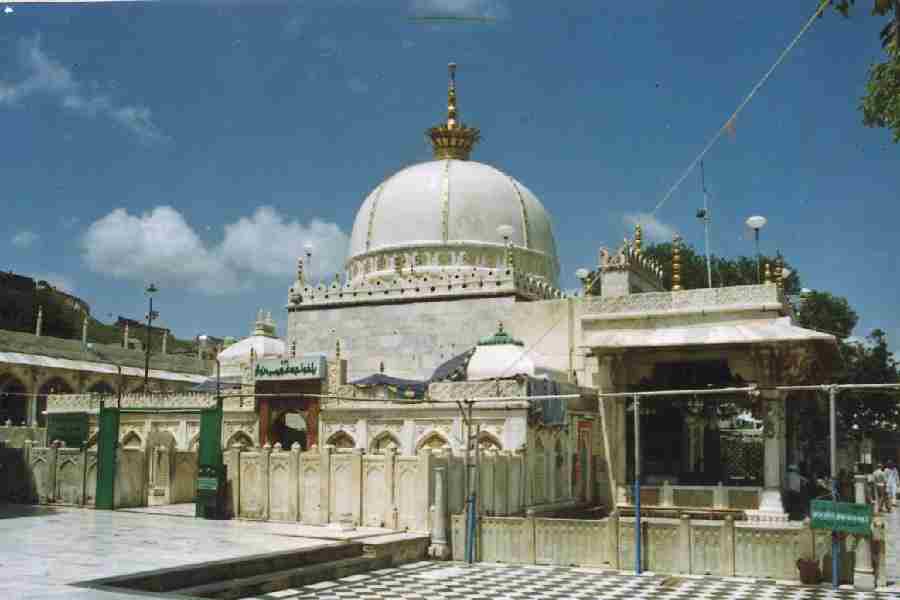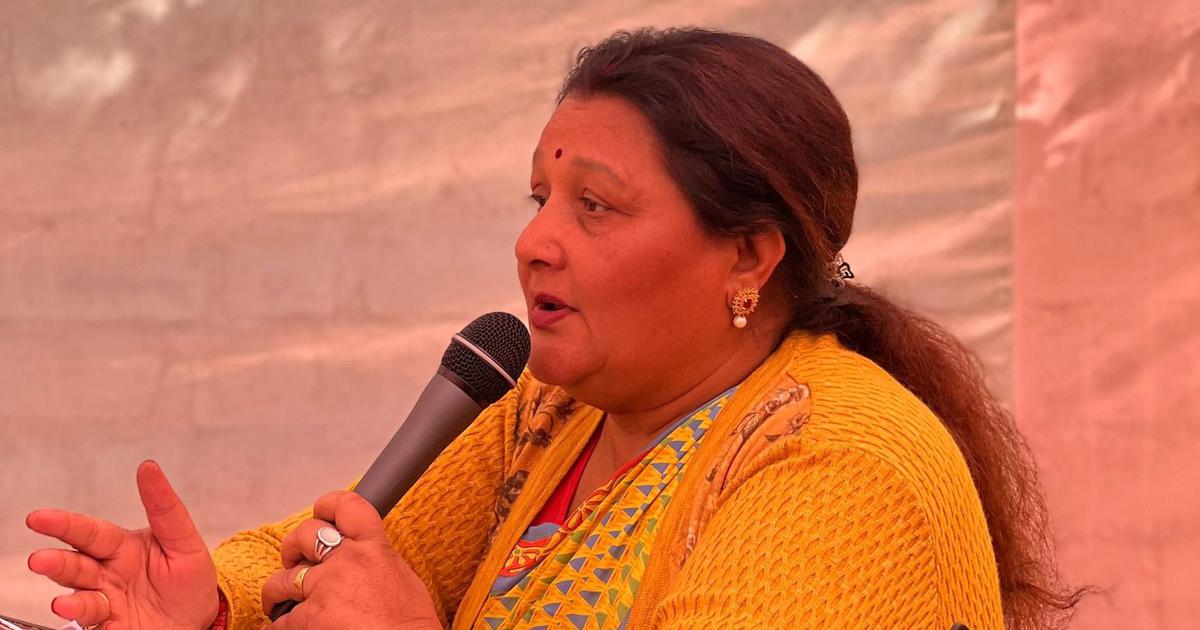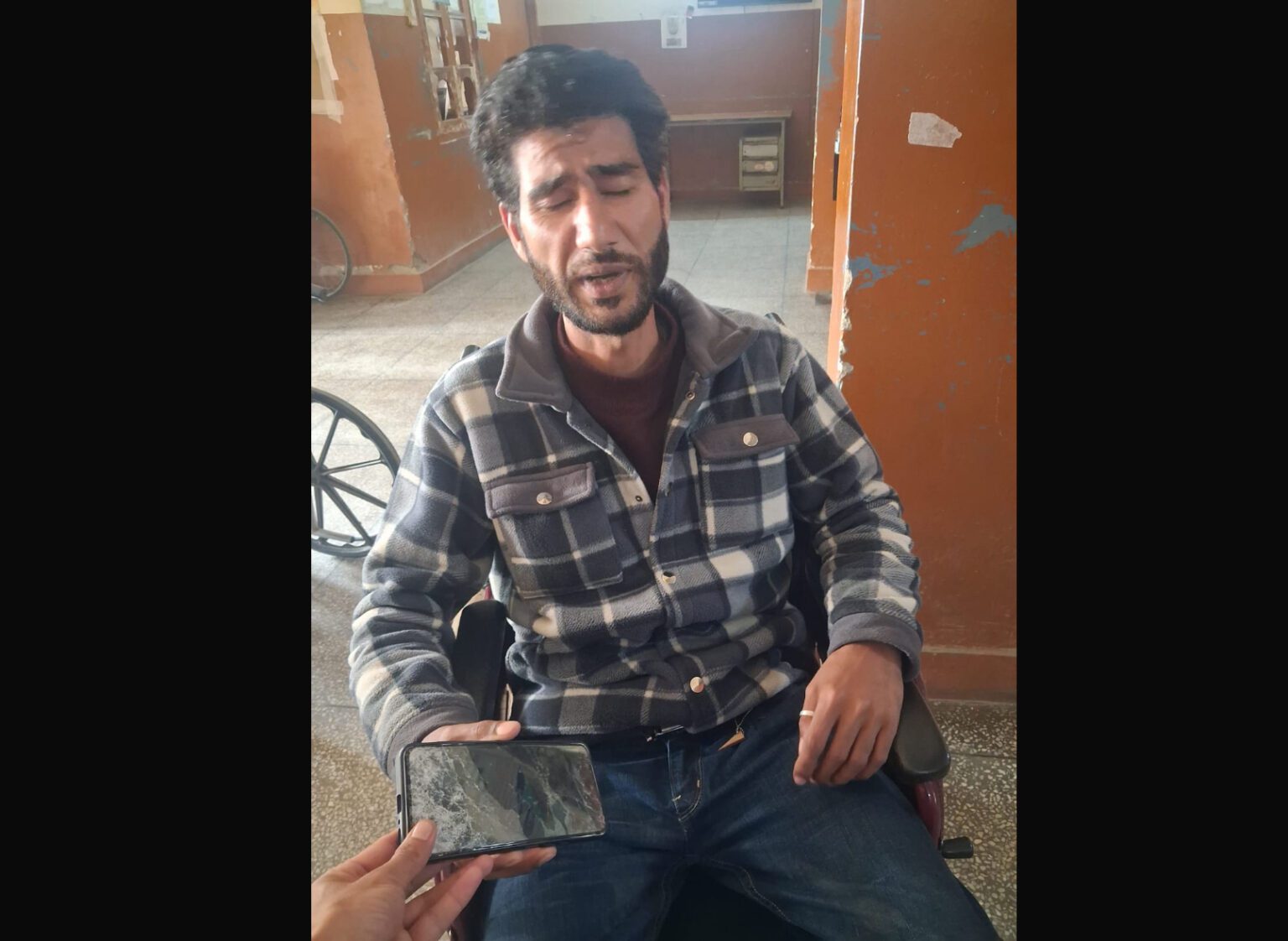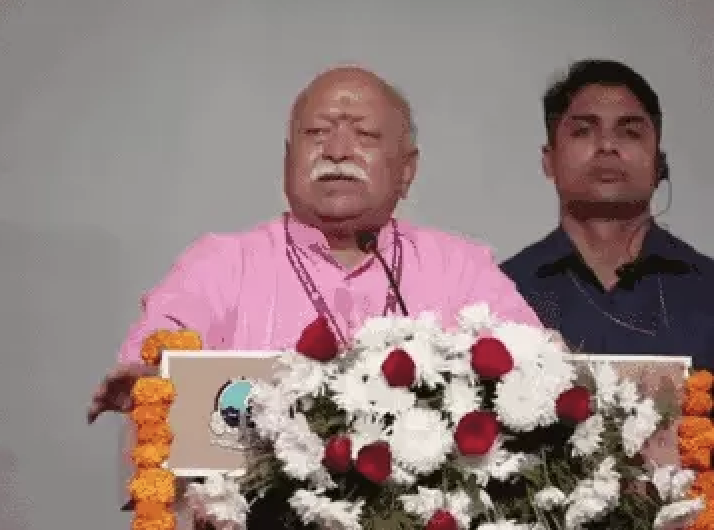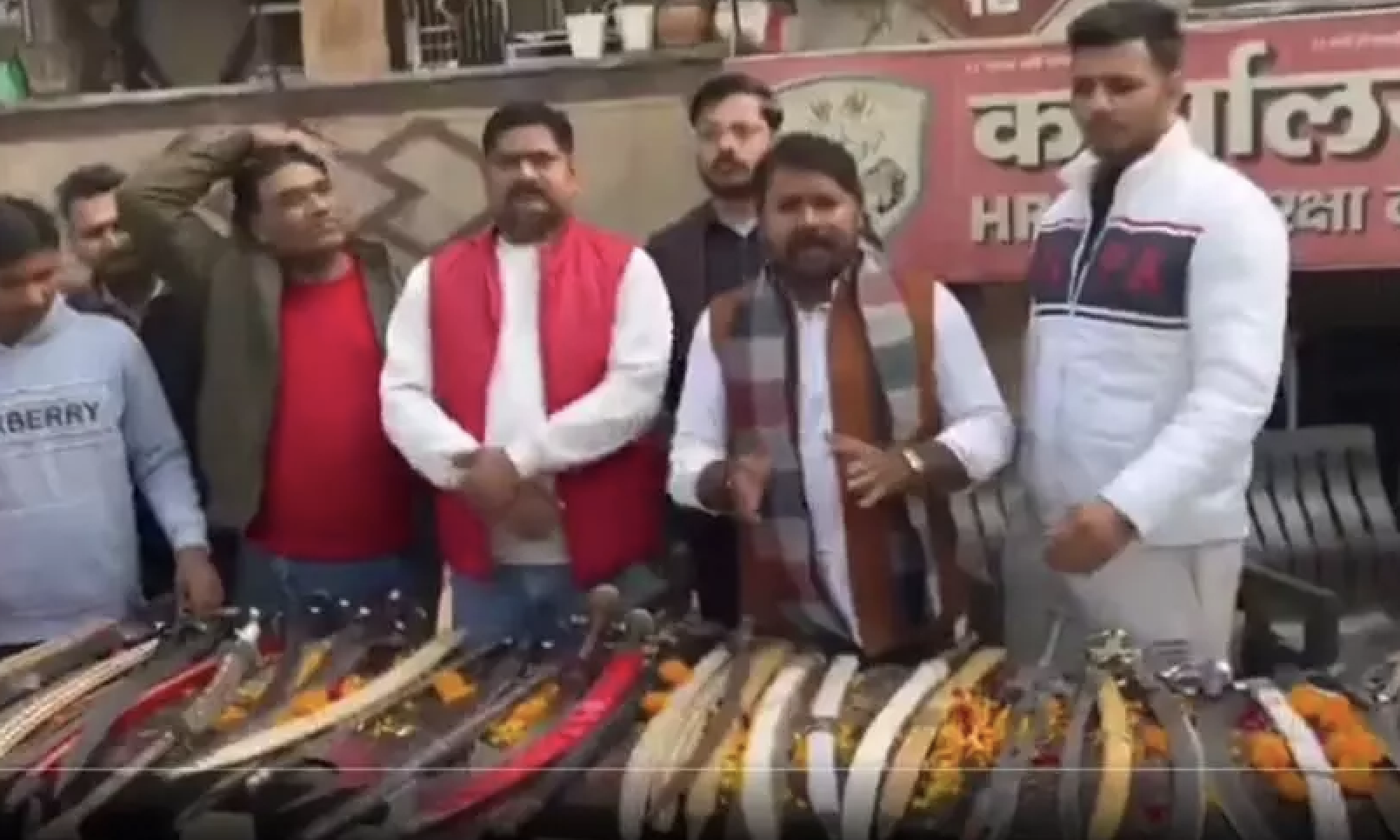In January 2024, the U.S.-based Hindu nationalist group, the Hindu American Foundation (HAF), released a series of videos and a so-called factsheet addressing the construction of the Ram Temple in Ayodhya which was built on the ruins of the 500-year-old Babri Masjid.
But a careful examination of historical records, religious texts, and legal judgments reveals HAF’s article to be fraught with lies, inaccuracies, deliberate fabrications, and questionable historical narratives.
Lie: The HAF writes that the new Ram temple was “built on an ancient site of Hindu worship. The final Hindu temple on the site was destroyed in the early 16th century by the first Mughal emperor for the construction of a mosque known in modern times as the Babri Masjid. Archaeological evidence proves the mosque had no foundations of its own and was built upon a Hindu temple.”
Truth: This is a brazen lie propagated by the Rashtriya Swayamsevak Sangh (RSS) with no historical or legal proof, nor any corroboration in the ‘Hindu’ narrative of history. There is no mention of the Ram Temple even in the writings of the most prominent Ram worshiper to date, Goswami Tulsidas (1511-1623), who penned the Epic Ramcharitmanas (Lake of the Deeds of Ram) in the Avadhi language in 1575-76. According to the Hindu nationalist (Hindutva) version, Ram’s birthplace temple was destroyed during 1528-1529. It would be surprising indeed if the Ramcharitmanas, written only 48 years after the so-called destruction of Ram’s birthplace temple, did not mention such a momentous event.
According to the RSS, Adi Shankaracharya, Aurobindo Ghosh, Swami Vivekananda, and Swami Dayanand Saraswati were the saints who contributed immensely to the cause of Vedic religion and the growth of the Hindu nation. None of these Vedic saints ever referred to this destruction of Ram Temple at Ayodhya by Mughal King Babar or his agent in any of their writings.
Today, Ayodhya is referred to as one of the oldest holiest places for Hindus. It would be interesting to know that Adi Shankaracharya (788-820), who toured India preaching Vedas for more than a decade, established 5 Peetams [main centers] at Badrinath in the North, Puri in the East, Dwarka in the West and Sringeri and Kanchi in the South for the revival of the Vedic religion but did not consider Ayodhya one.
This story was originally published in americankahani.com. Read the full story here.


